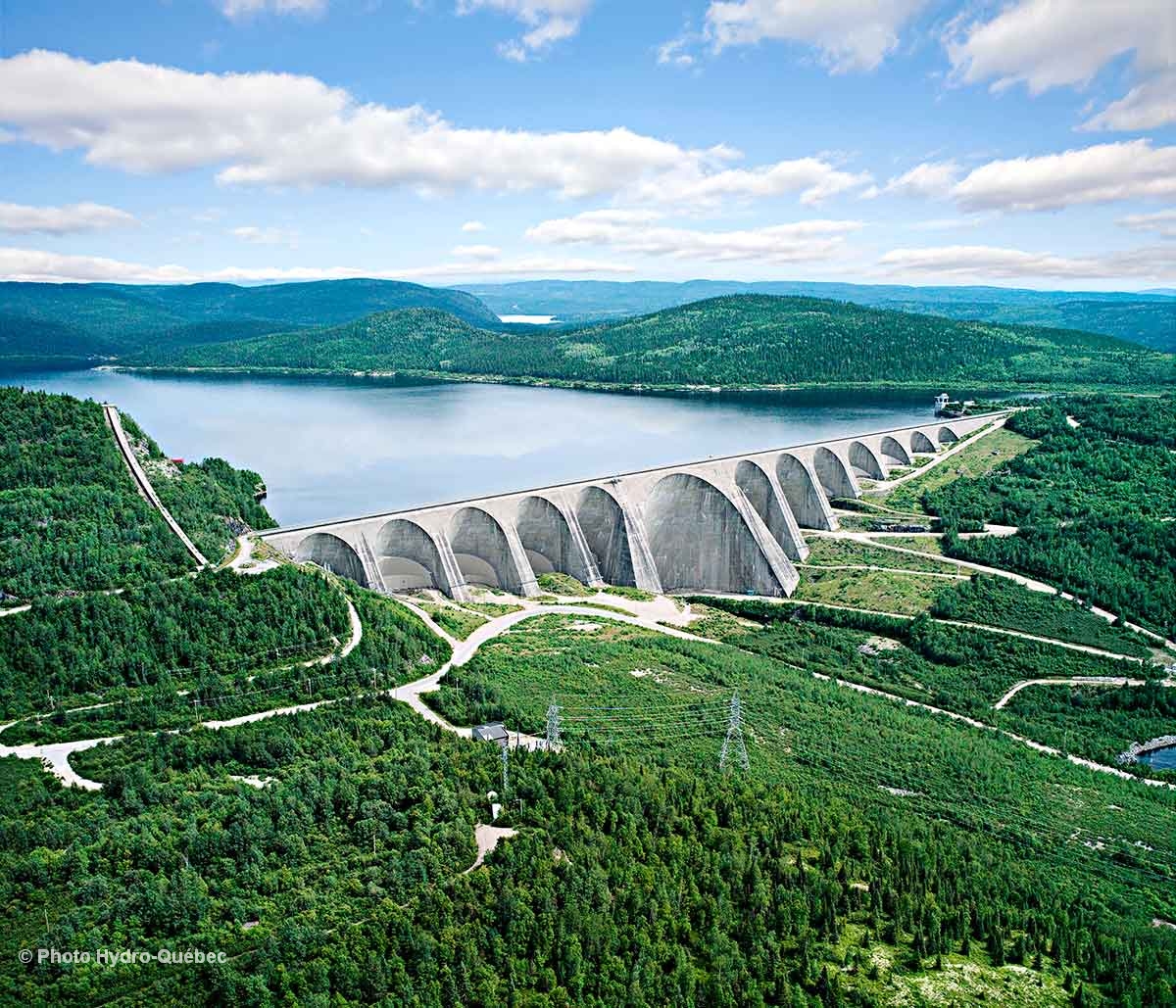Orphan ideas are unexpected concepts that can lead to step-changes in innovation. As they fall outside of a firm’s strategic roadmap, the mechanisms for guiding, filtering and controlling their development are less well understood than those created at the ‘fuzzy front end’ and their development is a risk for innovation managers.
In their paper ‘Orchestrating orphan ideas in the fuzzy front end of a large firm’s R&D department’, Patrick Cohendet and his colleagues describe the innovation journey for three unexpected ideation processes at large electricity generator Hydro-Québec, creating interesting insights into the process and learning points for management of orphan ideas.
Hydro-Québec Research Institute (IREQ)
Hydro-Québec is a large para-public organisation in the Province of Québec in Canada. Its core business is the generation, transmission and distribution of electricity.
The Hydro-Québec Research Institute (IREQ) is a research organisation that has a strong reputation for innovation and employs over 500 scientific researchers, engineers and specialists. It role is to maintain the innovation pipeline and actively push innovative ideas to the rest of the organisation.

Although the majority of the projects are part of innovation strategies that have been developed jointly with the business units, a number of orphan ideas have successfully emerged from IREQ.
To finance ideas that fall outside of the conventional pathway, there is an internal fund for knowledge generation but innovators need to develop a credible case for further investment.
Three orphan ideas and their journeys
The researchers followed the journey of three orphan ideas and interviewed the people involved.
1. Technology performance assessment tool
A recurring challenge for the team working on electrical systems was how to model the impacts of a new technology on the electricity grid.
Frustrated by the problem, two colleagues John and Barack came up with the idea of a simulation tool to solve the problem. After two months working on the project alongside their day jobs the idea was presented to the managers’ committee.
Unfortunately, the problem and its proposed solution were not considered of value by the committee as it was not part of the mission of a specific business unit.
Discouraged they shelved the idea, until a chance conversation with another manager revealed that he saw the potential of the idea, but thought it was too raw.
Barack decided to try again – repositioning the tool as a decision support tool and creating an early prototype so that the concept became more tangible. He also developed a small group of allies who provided advice, knowledge and feedback, and investigated the market to see if anything similar was already available.
This work identified internal customers that would use the tool and by socialising the concept he attracted more supporters.
The decision support tool was presented to a committee with a wider remit and it was accepted and has since been presented to the wider industry.
2. Energy Co-op
The organisation created a work group to look at alternative and disruptive businesses models. One of the outputs was the concept of co-operative energy production model. A group with a diverse range of expertise were tasked with exploring the potential for value creation and it was thought that, whatever the outcome, the learnings would be beneficial to the organisation.
The idea was debated by management but although it was thought to have merit the model could not be aligned with the missions of the existing business units and the strategic transformations recommended had not been considered at that time.
As the budget was for information gathering and knowledge exchange it was insufficient for the original team to invest the resources required and the idea was progressively abandoned.
3. NanoSoil
Researcher Haroun saw the need for a digital simulation technique that would make it possible to test, analyse and predict geological phenomena, such as earthquakes, before proceeding with infrastructure construction.
The challenge he faced was although there was industry interest in predicting the impact of earthquakes on soil liquefaction and ensuring the resilience of infrastructures, it wasn’t a specific issue for Hydro-Québec. There was also a lack of knowledge about the issues, and socio-political resistance to changing the existing analytical methods.
However, with the support of his network of university researchers he managed to secure a budget from management to develop the analytics. He then struggled within his own sphere to find a technology to make his analytical procedure feasible.
Again it was a chance conversation with researchers in a different lab, working with robotics, that he found a technology that was able to provide the accuracy required.
After further development the concept was presented to the management of a number of important consulting engineering companies and following the success of this meeting the idea was translated into three major projects within the organisation.
Although the technology took a few years to reach a mature solution, it has since been widely implemented to analyse the construction of many major structures both at Hydro-Québec and more broadly in the region.
Findings – three characteristics of orphan idea development
- Importance of epistemic communities – all three examples used a small core group of people with expertise of the domain and the technology to provide testing, input and challenge.
- Production of a codebook – the community had a set of rules to determine legitimate from non-legitimate knowledge and from this created a body of knowledge that could be shared more widely. This ‘codebook’ could be a piece of software, mathematical proofs or formalised guidelines.
- Heterogenous groups are needed to equip the idea with complementary knowledge and to link the ideas to strategic objectives.
All three examples showed that epistemic communities could evolve organically, but in the case of IREQ the organisational structure and its culture supported the development of these groups.
Both formal and informal processes were found to be important to enable innovators to access essential complementary knowledge and resources.
The authors conclude that the failure of the Energy Co-Op was that although the members of the group were able to develop the ideas they were unable to gain the support of management, or manage to link their activities to the firm’s overall strategy.

Implications for management of orphan ideas
- Create opportunities for the development of epistemic communities
- Provide space and time for communities to emerge
- Facilitate access to resources – exploratory budgets and management flexibility offer the time to initiate and develop ideas
The authors conclude: “Our results show that informal groups, which can be assimilated into epistemic communities, play a major role in the orchestration of the first stages of the journey of orphan ideas. (Their role) is taking charge of the development of the value proposition and of the idea’s integration in the firm’s managerial and strategic framework.
“Further, effective management of orphan ideas requires specific managerial devices and social mechanisms.”
Read the paper
‘Orchestrating orphan ideas in the fuzzy front end of a large firm’s R&D department,’ Patrick Cohendet, Olivier Dupouët , Raouf Naggar and Romain Rampa

